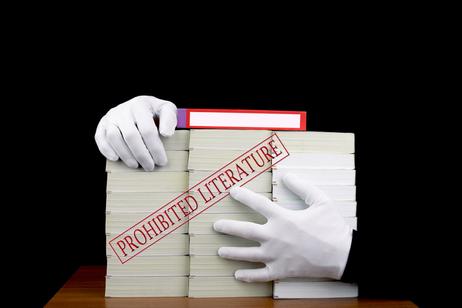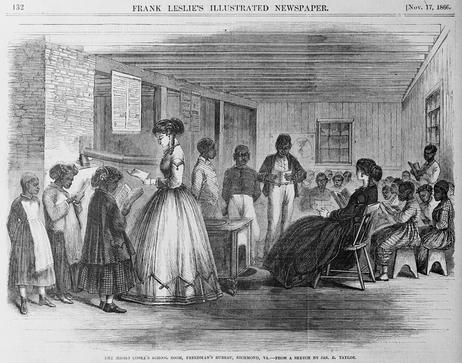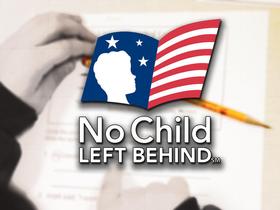The start of a new school year can bring a mix of emotions for parents and children - from excitement and anticipation to anxiety and fear of the unknown. It's also a time when parents have to buy school supplies, clothes, uniforms, smart devices, and more. This article, however, will focus on the transition from being away from school to resuming the structured routine that is the essence of a public school education.
With some preparation, navigating this transition smoothly and setting your child up for success in their new grade is possible. Here's how to tackle the 'back to school' season, regardless of your child's grade level or family's circumstances.
With fears and potential adaptations still ahead for parents and children, return to school is always a time when parents and teachers revisit what is important for children and how to best support their positive development. Marilyn Price-Mitchell
PK-Kindergarten
Building a Routine
For many children, starting pre-K or kindergarten is their first taste of a structured daily routine. Establishing and practicing routines - like a consistent bedtime and a morning routine that includes getting dressed, brushing teeth, and eating breakfast - can help your child adjust more easily to the school day. Creating a visual schedule or using alarms and reminders can be valuable in maintaining consistency for families with single parents or busy schedules.
Reading Readiness
Strengthening pre-literacy skills can set the foundation for academic success. Simple activities like reading to your child daily, practicing
























